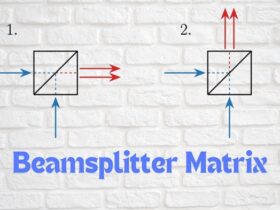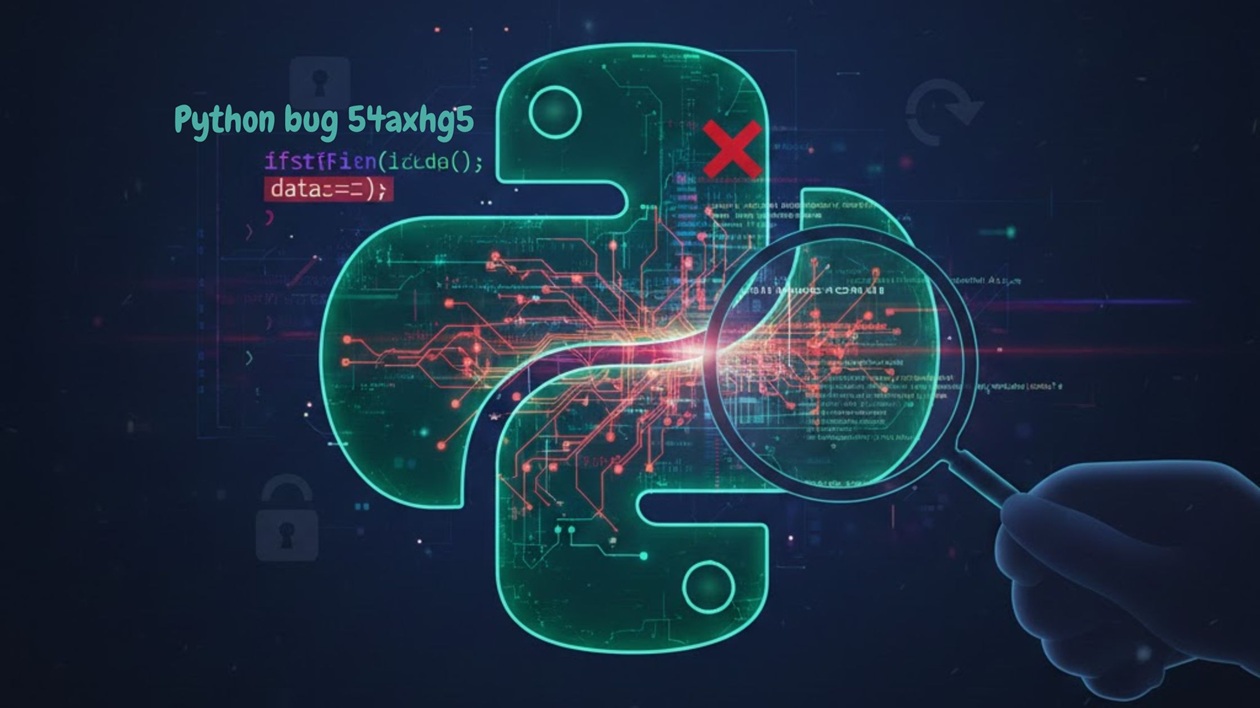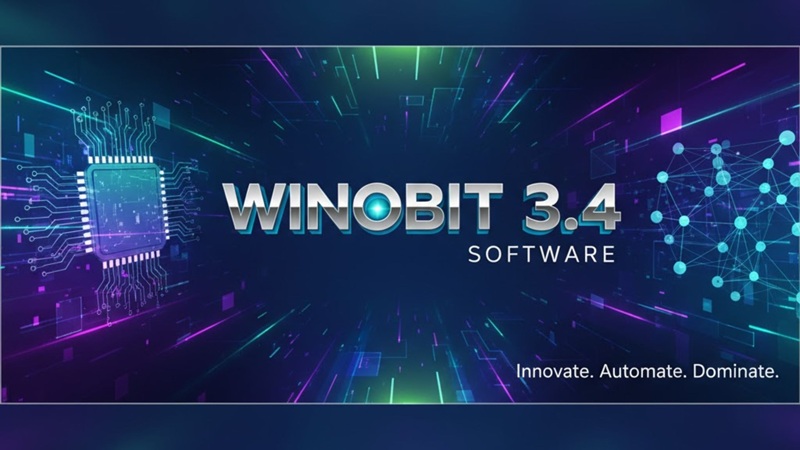As digital experiences continue to evolve, more companies are transferring to a headless CMS architecture for the promised flexibility, scalability, and control such systems can offer. However, while decoupling the front and back ends offers various options and easier personalization, rendering, delivering, and securing the content becomes more complicated. One way to ease this complication is to implement a custom middleware layer between the headless CMS and the application that delivers it. This middleware would not only make the delivery and rendering of content more cohesive, but it would also increase speed and efficiency, providing custom features which, otherwise, would muddle either end of the head.
What is Middleware in a Headless Architecture?
With a traditional CMS, the back end of the application drives content management, rendering, and delivery. The headless CMS takes this away from a control perspective, making the CMS merely an API-driven content repository while rendering occurs on the front end. Middleware sits between the two, as a repository of sorts that connects, enriches, and manages content delivery. Middleware can be a serverless function, Node.js service, or API gateway to aggregate logic that must occur pre-allowing the front end to access delivered data/information from the headless CMS. Strapi CMS alternative options often emphasize enhanced middleware compatibility and flexible API configurations, making them ideal for teams looking to fine-tune content flow and decouple logic. This abstraction is necessary for separation of concerns and performance management.
Why Would Someone Want to Add Another Layer?
There are many reasons why teams would want to add a layer of middleware to their architecture. The most common is the need to alter or transform what the CMS gives. By going headless, a team essentially has access to all of the structured content per what settings were configured for that CMS; however, additional formatting, filtering, or integration with other collections or services is often needed. Thus, a middleware layer allows for a maintainable, scalable way to bring how other content needs to be organized. Another reason is performance caching, shaping API responses, and rate limiting can all occur in middleware instead of taxing the front end or the CMS. Finally, security reasons necessitate middleware as API keys can be hidden, additional authentication processes can be added, or rights checks can be performed before sending potentially sensitive data.
How to Structure Middleware for Flexibility and Expansion?
The best middleware should be modular, stateless, and designed for scale. This means separating files by responsibility for routing, authentication, transformation, and caching will allow other developers to quickly understand how to maintain and extend its usefulness. Common frameworks used include Express.js, Fastify, and NestJS for those using JavaScript and TypeScript. Be sure that the middleware can accommodate multiple endpoints if multiple CMSs will be used and that it provides a consistent content model to the front end for processing. This is especially important in multi-source scenarios when data is required from different APIs or sources.
Enrichment with External Data Sources
Possibly one of the greatest benefits introduced by a middleware layer is the opportunity for enrichment via third-party data. What if your editorial content comes from a headless CMS, your product data comes from an eCommerce API, and your personalization comes from a customer relationship management API? With middleware, all of this can be combined into one payload sent to the front end, as this layer of integration encourages combination, dependency resolution, and shaping a response. Because there is less to do on the client side to generate what’s needed, and because builders across web, mobile, and native at the same time can benefit from cohesive interfaces across pages and experiences, this offers ultimate cohesion.
Enabling Frontend to Shape API Responses
More often than not, front ends need very particular data that doesn’t necessarily align with the schemas of many integrations with APIs and headless CMSs. Middleware allows for ideal reshaping of API responses so that only what’s needed for the front end is delivered and nothing more. Refield renaming, nested flattening, and exclusion of extraneous metadata are possible when employing middleware. Thus, instead of having to rely on extraneous parsing logic, front ends can render more quickly and development can be easier. If consistent language is required for global navigation menus, footers, and callouts, for example, instead of requiring every integration to respect the same language and outcome, middleware can provide the same response for these features/components/fields to have them behave the same regardless of content type or page.
Custom Caching Options
Caching is an important aspect of any digital experience that values performance. While all multi-tenant CMSs offer some level of caching, middleware is the ideal layer upon which to build custom caching options more elaborate than the generic caching offered at the CMS level or on the front end. Middleware can cache full API responses or partial content pieces or certain content IDs. It can listen for TTL/triggered events to cache certain content pieces or refresh otherwise static caches when appropriate. In addition, it can listen for webhooks from the CMS to determine when content should be subjected to cache invalidation. This layer of control helps prevent too many repeat queries from flooding the CMS, helping avoid latency issues while keeping everything as fresh as possible with additional precision and insight.
Security and Access Control by Middleware
Security is often one of the most significant reasons for putting a middleware layer between the front end and headless CMS. Instead of passing sensitive API keys or endpoints through to the CMS directly, middleware acts as an abstraction layer that secures communication under the covers, whether it’s validating JSON Web Tokens (JWTs) or keeping user sessions active. Middleware can also serve role-based access control for specific pieces of content. For example, on the public-facing side, this means that users only see what they need to see when they’re allowed to see it they’re not seeing drafts or articles that are unpublished and should be hidden from view. Similarly, content that involves special licenses remains hidden until its stipulations are released.
Localization and Personalization Support
Many content experiences are required for localization or segmentation of the audience. Whether it needs to cater to multiple languages, differences in regions, or micro-targeted audiences, it’s easy for front-end applications to fail parsing content appropriately between all the possibilities. But middleware can abstract the logic necessary for determining locales and fallbacks, audience segmentation, and even results from geolocation that drive content filtering. Therefore, a front end can simply request content from an ID instead of needing that entire business logic within the UI. Middleware can take it a step further by connecting to personalization engines or A/B testing solutions to change what data is sent based on other behavioral trends to create a truly omnichannel experience.
Logging and Observability for the Content Flow
Knowledge is power and knowing how content flows through your system is essential for debugging, auditing, and ultimately enhancing digital experiences. Middleware becomes the primary location for API call logging, performance tracking, and transformational insights, as everything must go through it. By establishing nominal logging capabilities or error observability via Datadog/Sentry/OpenTelemetry, etc., the powers that be can see almost immediately what’s happening whether there’s a delay with the integration to the CMS or some misconfigured settings within the CMS itself. When problems are observable via middleware instead of within third-party API calls or the headless CMS integration itself, it lends more certainty to troubleshoot efforts across deployments.
Where to Deploy / How to Scale Your Middleware Layer
Middleware can be deployed in various environments based on your architecture and scaling needs. For example, if your application gets high traffic, consider a serverless environment to deploy middleware as AWS Lambda, Vercel, and Netlify Functions automatically scale to your needs with elastic scaling and reduced cost effectiveness. Alternatively, you can run containerized middleware services in virtual machines or Kubernetes clusters if you’d like more control over the middleware service runtime. Regardless of the final environment, focus on cost optimization, running middleware stateless and ensuring horizontal scaling. Use CI/CD pipelines for testing, linting and deployment automation to maintain agile spirit across all teams.
How Middleware Supports Long-Term Architecture Viability
Middleware supports long-term architecture viability by allowing the unforeseen growth of content ecosystems beyond expectations. Since middleware is primarily a separate abstraction layer between front-end efforts and changes within a CMS or governing APIs, it empowers teams to refactor massive systems without worrying about breaking any integrations or waiting on back-end work to get a front-end development team moving. In addition, middleware enables experiments A/B tests for different content sources, conditional formatting based upon user roles, even overridden functionality through prompts sent to the middleware instead of the CMS or front end. This is important because it allows for risk-taking down the line without punishment as long as integrations rely on the middleware to drive their purpose.
Enabling Collaboration Across Teams with Middleware
Middleware serves as an integration enabler for front-end developers, back-end engineers and content creators blurring the lines of technical and organizational silos. Because business logic is applied in a single location and the presentation still comes through middleware as channel rendering instead of separate channel formatting, different teams can still operate in silos without crashing any dependency castles they’ve built. For example, front-end developers don’t have to worry about rendering web applications while a back-end developer determines how to render an API result; a content creator in a CMS doesn’t have to worry if they can write articles at a fast enough pace for back-end developers to deliver content to end users. All can happen in a vacuum because the middleware inherently makes collaboration possible through its existence.
Abstracting The Difference Between CMSs For Better Portability
Each headless CMS has its own data structures, APIs, and features. Middleware abstracts the differences between these potential headless CMS integrations into a universal interface for the front-end. This is beneficial for companies that have more than one headless CMS solution in play or anticipate a consumption switch down the line. If all CMS logic is abstracted away into the middleware layer, the front-end dev team can work off a universal expectation and integration, reducing refactoring costs when switching to another solution. It also opens up potential use cases when content from multiple sources needs to come together in one front-end render.
Accommodating Multi-Tenant or Whitelabel Solutions
Enterprises often build their own SaaS solutions/content engines that they offer to different brands/clients. Middleware is a great way to accommodate multi-tenant architecture as it can house tenant-specific logic, theme needs, and even filter roles/capabilities based on protocols. Middleware can output multiple iterations of the same content structure to different front-end applications without having to create multiple instances of the same data/information. This saves time and resources, keeping tenants in line with expectations through a unified, confined infrastructure.
Reducing Complicated Business Logic Within The CMS
While a headless CMS is powerful in capabilities for content creation and management, it shouldn’t be used for overly complicated business rules/business logic. Instead, middleware is a natural place to execute rules pricing calculations, form input validations, rules of product availability, regional business rules should be extended at least to the middleware layer or the front-end application anyway. This keeps the separation of concerns clean, and performance won’t lag due to overextension within the CMS or a heavy-lifting front-end application. Furthermore, by isolating custom business process needs with middleware, testing and scaling will be easier later on.
Conclusion: Empowering Content Delivery Through Middleware
Middleware is just as much a technical endeavor as it is a business opportunity to enhance the decoupling of a content system’s adaptability, security, and overall performance. Since content transformation, authentication, caching, and orchestration operate through the middleware, for example, the frontend teams can build more efficiently without overloading the backend infrastructures which can be quite convoluted. As our baseline intake of digital content continues to expand and concurrently become more sporadic, middleware will be even more necessary to support content that is headless and the definition of being headstrong.
Image source freepik



















Leave a Reply